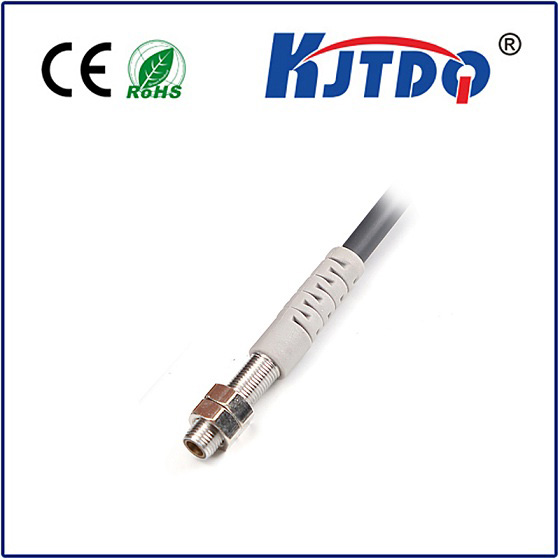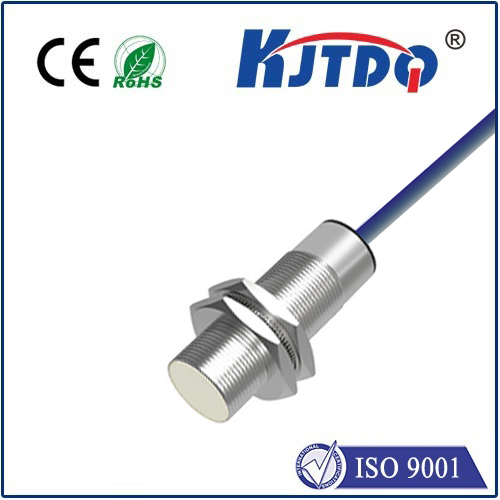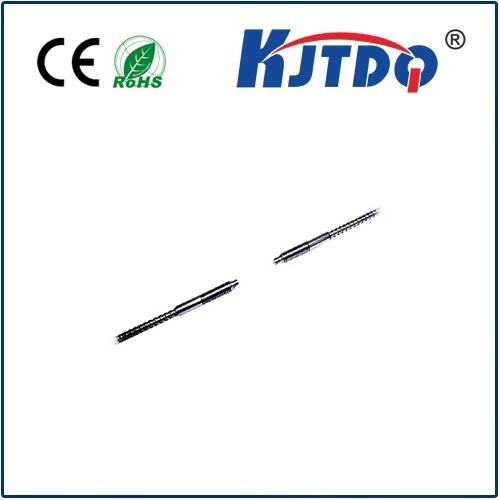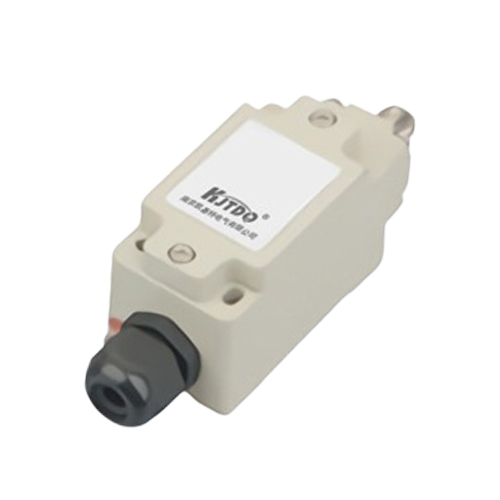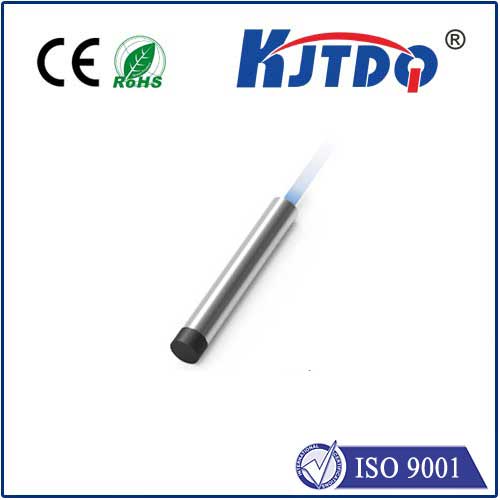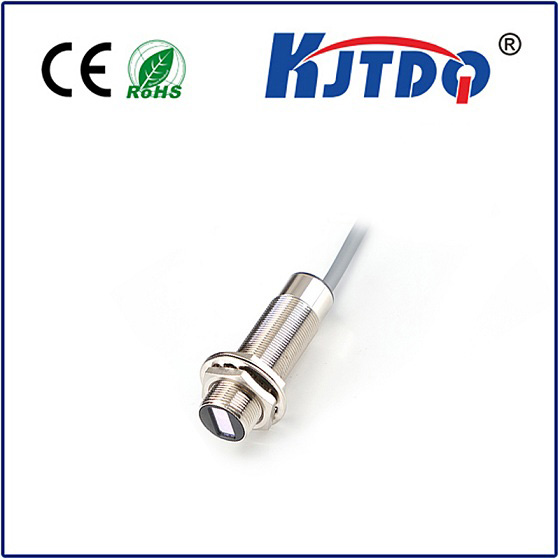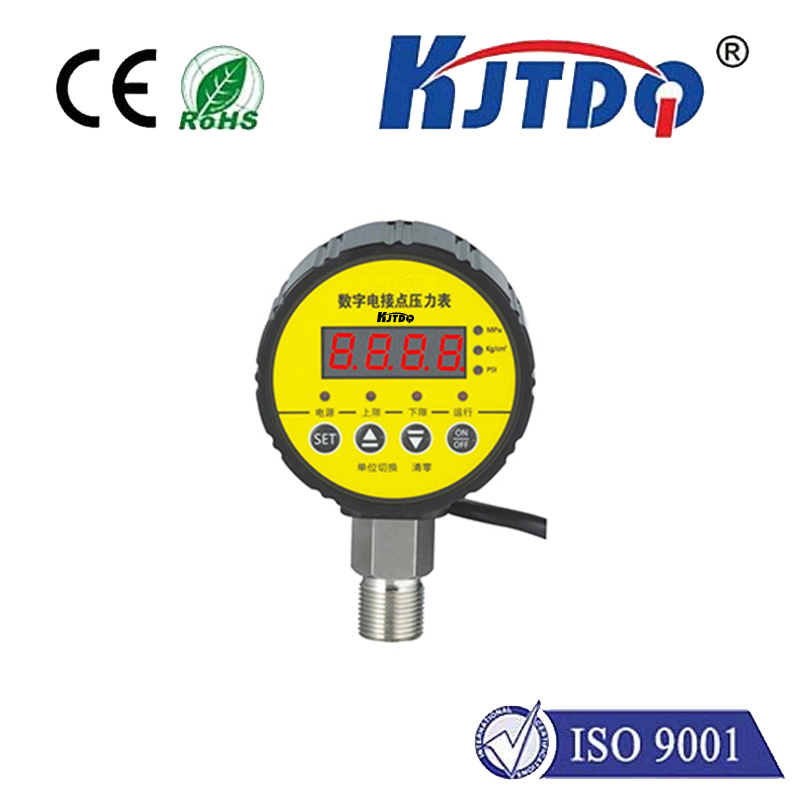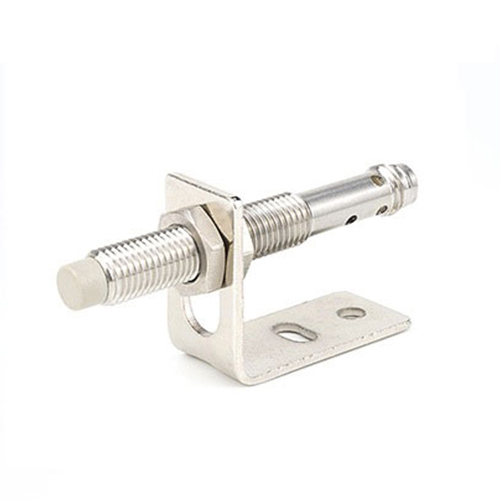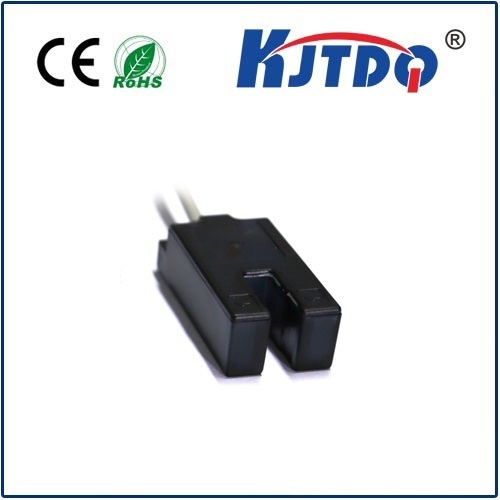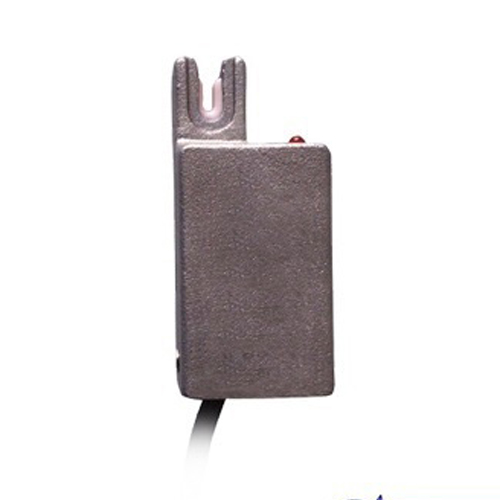

check

check

check

check
Optical Fiber Sensor Technology: The Future of Sensing and Measurement
Optical fiber sensors have emerged as a revolutionary technology in the field of sensing and measurement, offering unique advantages over traditional methods. At the heart of this innovation lies the FU-77TG optical fiber sensor, a device that leverages the properties of light to detect and measure physical parameters with high accuracy and reliability. This article explores the principles, applications, and significance of the FU-77TG optical fiber sensor in modern engineering and industrial settings.
The FU-77TG optical fiber sensor operates based on the principle of wave interference and modulation. It utilizes light waves that travel through a fiber optic cable, which is sensitive to changes in temperature, strain, pressure, and other environmental factors. When external factors alter the physical properties of the sensor, it causes a change in the light’s wavelength or intensity, which is then measured and converted into a usable signal. This process is both non-contact and highly precise, making it ideal for use in environments where traditional sensors may be impractical or inaccurate.

One of the most significant advantages of the FU-77TG is its non-intrusive nature. Unlike conventional sensors that require physical contact with the object being measured, the optical fiber sensor remains entirely separate, allowing for continuous monitoring without disrupting the system. This makes it particularly useful in applications such as structural health monitoring, where the integrity of the structure must be maintained without causing any interference. Additionally, the sensor is immune to electromagnetic interference, which is a common issue in industrial environments.
The FU-77TG is also known for its high sensitivity and accuracy. It can detect even minor changes in physical parameters, making it suitable for applications that require precise measurements. For instance, in aerospace engineering, the sensor can be used to monitor the structural integrity of aircraft components, ensuring safety and longevity. In the medical field, it is employed in devices that monitor vital signs, providing real-time data without the need for invasive procedures.
Another key feature of the FU-77TG is its reliability and durability. The sensor is designed to operate under extreme conditions, including high temperatures, humidity, and mechanical stress. This makes it an ideal choice for use in harsh environments, such as offshore oil platforms or deep-sea exploration. Furthermore, the sensor’s long-term stability ensures that it can provide consistent data over extended periods, reducing the need for frequent recalibration.
In addition to its technical advantages, the FU-77TG optical fiber sensor has a wide range of application areas. It is commonly used in structural monitoring, environmental monitoring, healthcare, and industrial automation. In structural monitoring, it can be embedded in buildings or bridges to detect subtle changes in stress and strain, helping engineers to predict potential failures. In environmental monitoring, it can be used to track air quality, temperature, and humidity in real-time, contributing to environmental protection efforts. In healthcare, it is integrated into wearable devices that monitor heart rate, blood pressure, and other physiological parameters, offering a more accurate and non-invasive alternative to traditional devices.
The adoption of the FU-77TG optical fiber sensor is not just a technological advancement—it represents a shift towards more sustainable and efficient systems. As industries continue to seek solutions that are both accurate and environmentally friendly, the role of optical fiber sensors like the FU-77TG is becoming increasingly important. Their ability to provide real-time data without the need for physical contact or interference makes them a crucial component in the development of smart technologies and the Internet of Things (IoT).
By leveraging the unique properties of optical fiber technology, the FU-77TG optical fiber sensor is redefining the way we measure and monitor the world around us. Its precision, reliability, and versatility make it an essential tool in modern engineering, offering a glimpse into the future of sensing and measurement.
